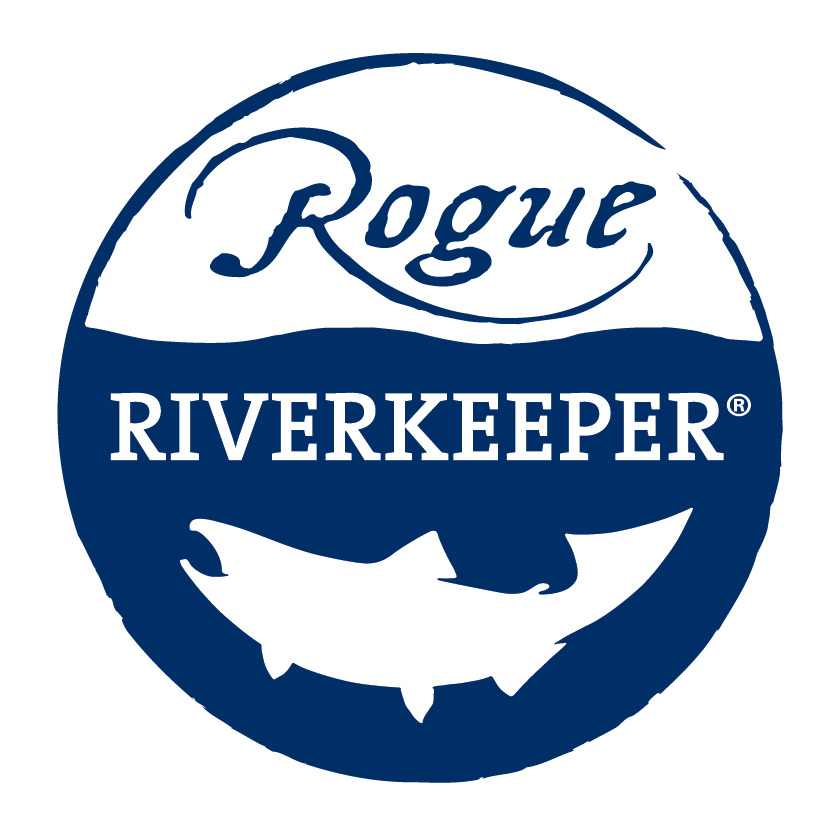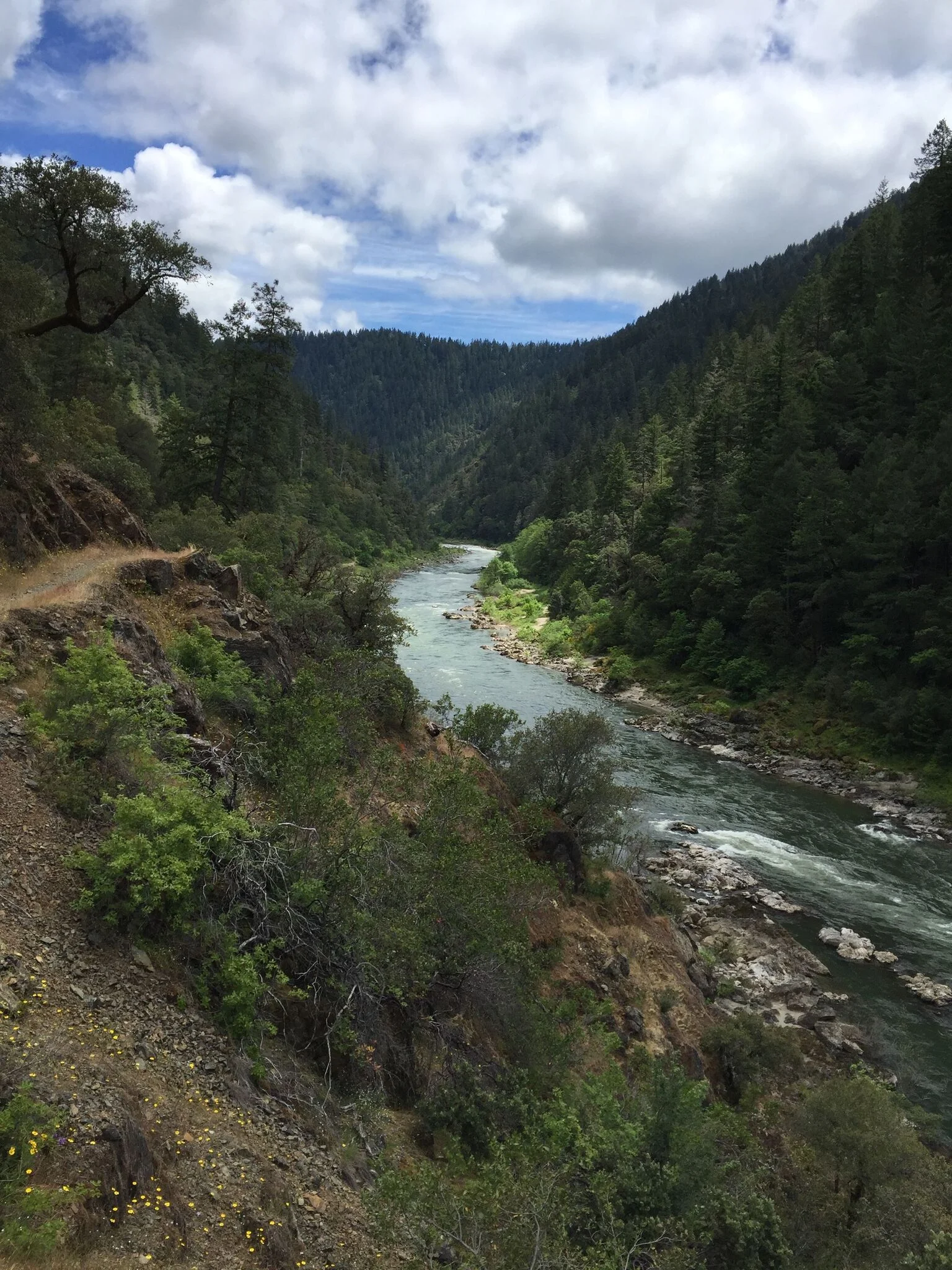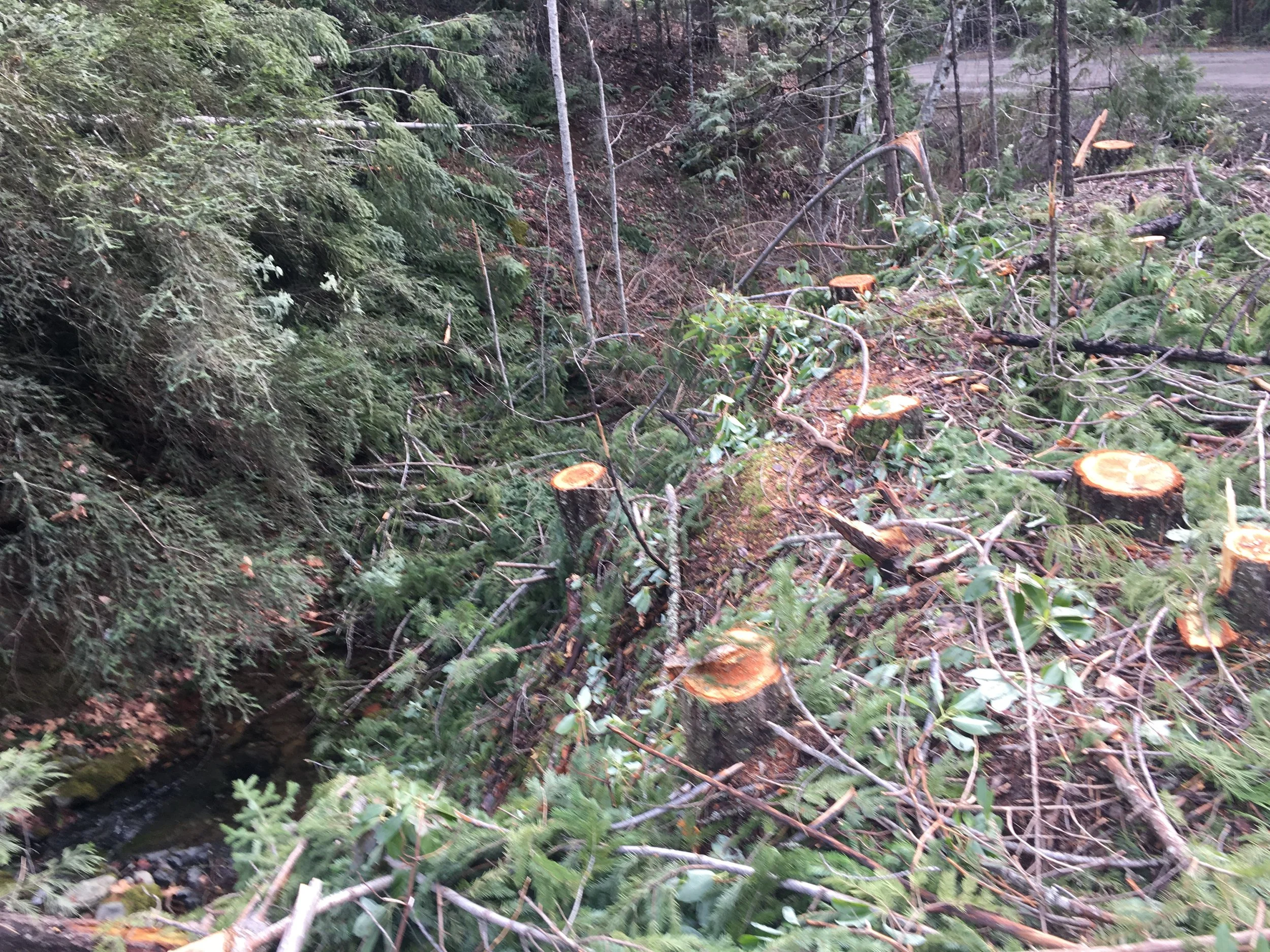Stand Up for the Rogue and Stop Efforts to Weaken the Clean Water Act!
The lower Rogue cuts a deep canyon through the geologically complex and remote Klamath-Siskiyou Mountains.
The Rogue is an iconic river, legendary for its whitewater, salmon and steelhead runs, and rugged wilderness. Located in southwestern Oregon, the Rogue is home to some of the most biologically diverse and undeveloped lands in the country.
At 5,300 feet, the Rogue begins as a spring bubbling up from the volcanic hillside along the northwestern slope of Crater Lake in the Cascade mountain range. From its headwaters at Boundary Springs, the Rogue flows 215 miles to the Pacific Ocean at Gold Beach, Oregon.
Recreational boaters, anglers, and hikers flock to the Rogue to fish, swim, boat, and play in its clear, cold waters that depend upon snow melt and rainfall. Salmon and steelhead, including coho salmon listed as threatened under the Endangered Species Act, also rely on cold, clean water in the Rogue to survive.
Floating the Wild & Scenic lower Rogue in the fall. Photo by Darren Campbell
On the way to the ocean, the waters of the Rogue flow through national forests, industrial timberlands, farming and ranching lands, and urbanized areas. The health of the Rogue is threatened by polluted runoff from urban areas and agricultural lands, industrial pollution, harmful logging practices, overuse, and over-allocation. Limits on pollution discharged into the streams, ditches, and wetlands that flow into the Rogue under the Clean Water Act are critical to protecting a healthy river.
Harmful logging practices along Pleasant Creek that flows into the Upper Rogue.
And these threats are only increased by a recent proposal by the Trump administration that would gut the Clean Water Act. The current proposal would strip entire categories of waters from protections under the Clean Water Act, leaving them vulnerable to pollution.
The waters of the Rogue are connected, from small headwater streams that flow seasonally or only with snow melt or rainfall to irrigation ditches that flow throughout the watershed to wetlands that filter pollutants and store floodwaters. This proposal leaves the entire Rogue vulnerable to increased pollution.
Ephemeral streams, fed primarily by snow and rain, would lose protections under this proposal. These streams are an important source of cold, clean water that support habitat for salmon and steelhead. These waters also are an important source of drinking water. Across the Rogue watershed, 154,320 people in Jackson, Josephine, and Curry counties rely on small headwater streams that may flow seasonally or infrequently as a source of their drinking water. Statewide, nearly 45% of Oregonians rely on these waters for their drinking water.
Not only do our communities rely on small headwater streams, but southern Oregon is also home to vernal pool systems. These are seasonal wetlands that fill up with rainwater during the winter and spring, but may be otherwise dry. The Agate Desert vernal pools in Jackson County are the only vernal pools in Oregon and support unique species, such as the vernal pool fairy shrimp. Vernal pools help to store floodwaters, filter out pollutants, and provide habitat for migrating birds, but would be stripped of protections under the Trump proposal.
Many ditches would also lose Clean Water Act protections, which means they would be vulnerable to pollution. In the Bear Creek watershed alone, the most urbanized tributary to the Rogue, there are approximately 250 miles of irrigation ditches that run parallel to the creek. These ditches are intrinsically tied to the hydrology of the Rogue and removing Clean Water Act protections leaves the health of the river vulnerable to pollution.
Outside of the Rogue watershed, but no less important, are the iconic blue waters of Crater Lake. Most of the water in Crater Lake comes directly from snow melt or rainfall and at 1,949 feet deep, it is also the deepest lake in the United States and one of the cleanest in the world. The Trump proposal would remove protections from “isolated” lakes like Crater Lake that don’t have direct connections to waters that are traditionally navigable.
Most of the water in Crater Lake comes directly as rainfall or snow melt. The deepest lake in the United States would lose protections under the Clean Water Act with the Trump administration’s proposal.
Celebrate World Water Day by taking action to protect the Rogue!
Submit comments about the Trump administration’s proposal to gut the Clean Water Act and ask the Environmental Protection Agency (EPA) to stand up for iconic rivers like the Rogue. The proposed changes threaten the health of the river, salmon and steelhead, and our communities that rely upon the clean, cold waters of the Rogue.
For the Rogue,
Stacey Detwiler




